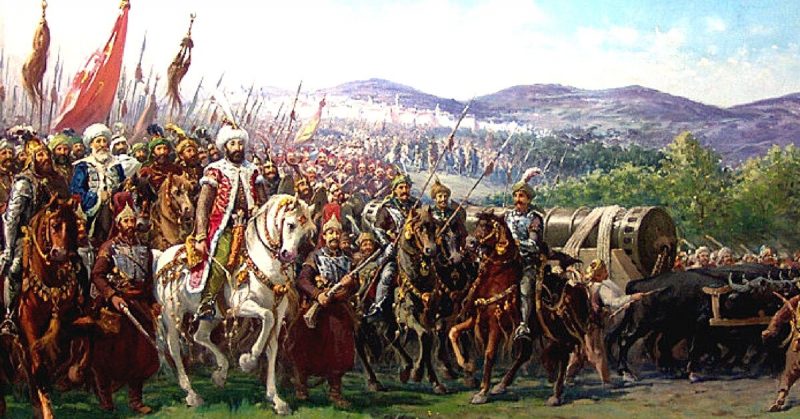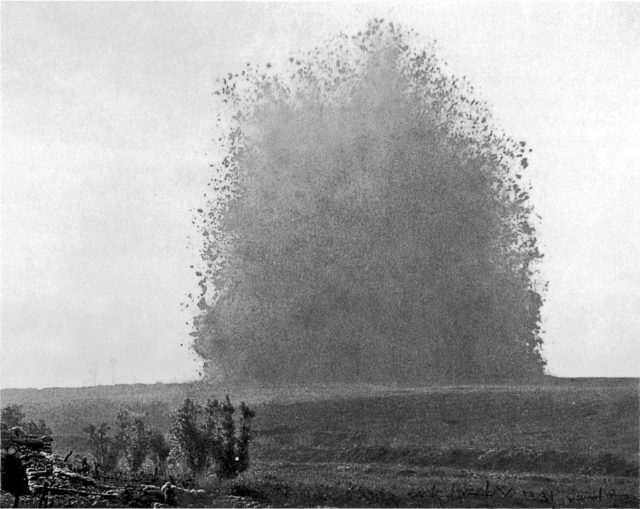Since ancient times, armies have dug mines beneath the defenses of enemy fortresses and cities. Some have been staggering feats of engineering, some examples of low cunning, and some significant simply because of when and where they happened.
Veii, 396 BC
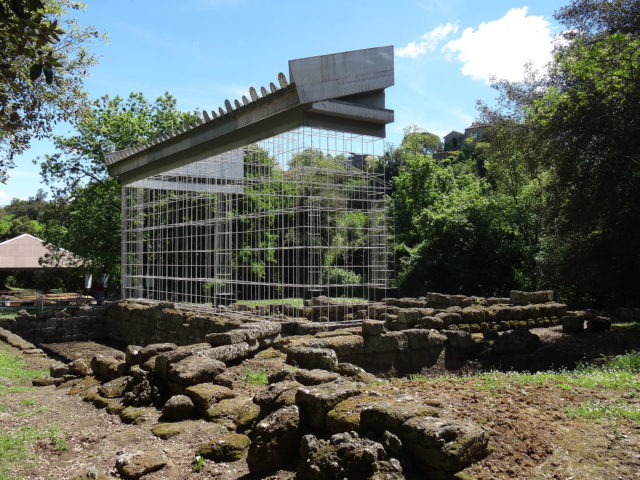
The Roman Empire is remembered for conquering half of Europe, but it began on a smaller scale – conquering its Italian neighbors.
One of the first records of a military mine comes from one of these conquests. In 396 BC, Romans led by Camillus besieged the city of Veii. Setting many of his men to work digging, Camillus divided them into four groups, each taking six-hour shifts. They worked day and night to complete a tunnel beneath the city walls as quickly as possible. It is likely that, while one group was digging, another was carrying away the heaps of earth that would otherwise have given away what they were doing.
This became one of the first successful mining infiltrations. Roman soldiers poured down the completed tunnel into the center of Veii, taking the defenders by surprise. The city fell, and Rome was one step closer to being an empire.
Uxellodunum, 50 BC
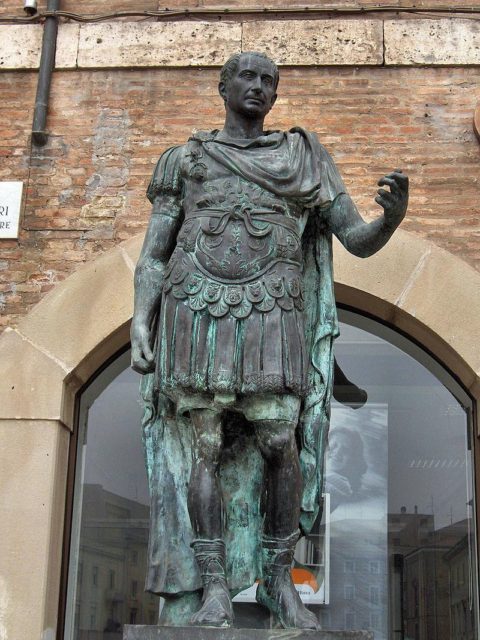
The Romans were masters of siege craft and made regular use of mining. This included the work of one of Rome’s greatest besiegers, Julius Caesar.
In 50 BC, during his conquest of Gaul, Caesar laid siege to the town of Uxellodunum. Like many Gallic places, it held a strong defensive position, including a spring that kept the defenders supplied with water.
Most of Caesar’s troops used other tools of siege craft to keep the defenders busy. Meanwhile, his miners undertook the work that would win the day. Digging a series of secret tunnels toward the spring, they diverted the underground stream that supplied it.
Suddenly and without explanation, the defenders found their supply cut off. Some concluded a divine force was conspiring against them while others recognized a more practical problem. They could not hold out without water.
They surrendered to Caesar, adding to the glory that would bring him power, envy, and eventually death.
Constantinople, 1453
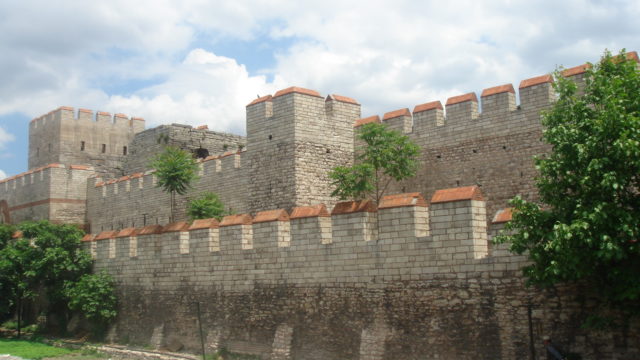
Mines could be used defensively as well as offensively. Nowhere was this better demonstrated than during the Ottoman siege of Constantinople in 1453.
Johann Grant, a German engineer, was among those leading the defense of the city. He half-buried drums in a line behind the city walls and placed dried peas on each drum. Tunneling caused vibrations in the ground, which made the drums shake and the peas jump. Using this simple technique, Johann was able to detect Ottoman tunnels and direct counter-measures.
Grant had his men dig counter-mines to intercept the Ottomans. Some of the enemy tunnels were destroyed with gunpowder. Some he filled with burning toxic sulfur dioxide. Others were seized in fierce close quarters combat, and the struts pulled down, destroying the mines.
Grant showed, with cunning and care, defensive mines could block any an attacker might dig. Unfortunately, it was not enough. The Ottoman Empire swept forward in an inexorable tide, and Constantinople fell.
Cephalonia, 1500 AD
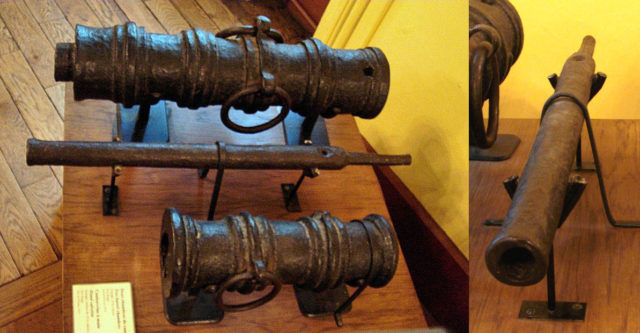
Throughout the Middle Ages, sappers undermined fortified walls by digging tunnels and then burning the props that held them up. It took a lot of work but was one of the safest and most reliable ways to overcome strong defenses.
Gunpowder was added to European arsenals in the 14th century, taking the form of crude firearms and artillery. In the 15th century, siege engineers started using it but only to speed up burning of the props. It was at the end of that century, in 1500, that Pedro Navarro showed what explosives could really do in mines.
Digging underneath the walls of a Turkish fortress on the island of Cephalonia, Navarro placed a mass of gunpowder beneath the defenses and ignited it. The walls were destroyed, and generals began re-evaluating the use of gunpowder in sieges.
Petersburg, 1864
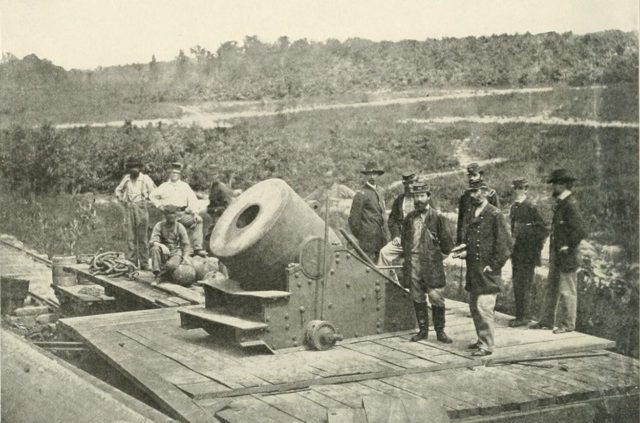
The most infamous disaster in the history of military mining took place during the American Civil War.
In 1864, Ulysses S. Grant and the Union armies were closing in on the Confederate capital of Richmond. Trying to sweep around to the south, they attacked Petersburg, where Robert E. Lee’s men had dug an elaborate defensive system. Trenches, dugouts, and forts blocked the path of the Union army. Its troops were driven back again and again from these positions.
Colonel Henry Pleasants was in civilian life a mining engineer. He was inspired by a comment made by a soldier from the 48th Pennsylvania Infantry, a unit recruited in a coal mining district. He devised a plan to dig a 500-foot-long tunnel under a key Confederate defensive point, blow it up with explosives, and send troops pouring through the gap.
General George Meade, keen to make up for his failure at Fredericksburg, seized upon the plan. The tunnel was dug and 8,000 pounds of gunpowder placed beneath the fort.
When the explosive was detonated, it blew a hole 170 feet long in the Confederate line. An infantry regiment and an artillery battery were destroyed. However, the attack was a failure. Inadequately trained and led, the assault troops stared dumbfounded when they saw the destruction. Some ran down into the hole and then found it difficult to get back out. The Confederates rallied, and the Union troops were driven back, incurring enormous casualties.
The Hawthorn Mine, 1916
One of the most powerful explosions of the First World War came from a mine.
On July 1, 1916, the British launched the Battle of the Somme. At 7:20 AM, 18 tons of high explosives were detonated beneath a German strongpoint called Hawthorn Redoubt. Everyone in the redoubt died, and the hill it was built on was almost leveled.
As at Petersburg, the follow-up was a failure.
Over-estimating the time it would take debris to fall from the air; the British left it too long before starting their advance. The Germans recovered from their shock and machine guns in the adjacent lines devastated the advancing soldiers.
It was a perfect example of the failings at the Somme – a big bang, a lot of bloodshed, and little achieved.
